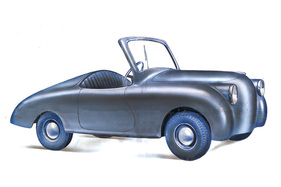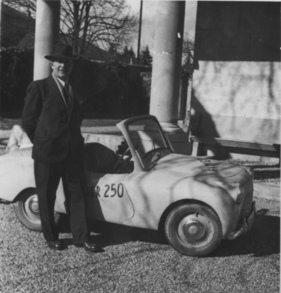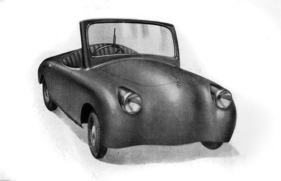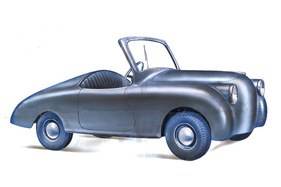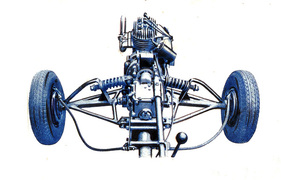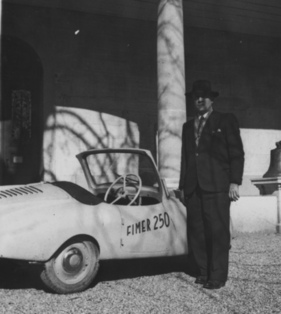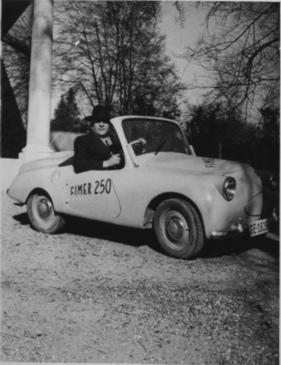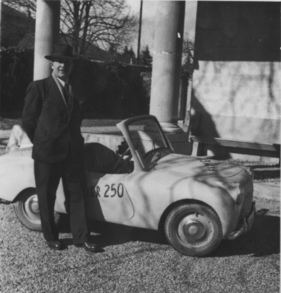FIMER 250 - hapless lead through technology and design
Summary
In the post-war period, small and micro cars were developed in various countries in Europe with the aim of presenting the next Volkswagen. One of these attempts was the FIMER 250, which was ahead of its time with its pontoon body, four-wheel independent suspension, rack-and-pinion steering and hydraulic drum brakes, but was nevertheless unable to establish itself. This vehicle report describes the interesting small car and shows it in historical photos and sales documents.
This article contains the following chapters
- Supervetturetta
- From Italy to Switzerland
- Test drive
Estimated reading time: 4min
Preview (beginning of the article)
As soon as the Second World War was over, people were thirsting for mobility again. And unlike before the war, people were looking for solutions to motorize broader sections of the population. In France, Renault and Panhard produced small cars with four seats, while in Italy people sought happiness in even smaller cars, weighing a maximum of 300 kg and powered by engines of no more than 350 cm3. New up-and-coming companies came up with designs for Volkswagen candidates, including the Atomo 250 three-wheeler and the Volugrafo and Volpe cars. The FIMER 250 looked almost like a real car and was also surprisingly advanced under the bodywork.
Continue reading this article for free?
Photos of this article





